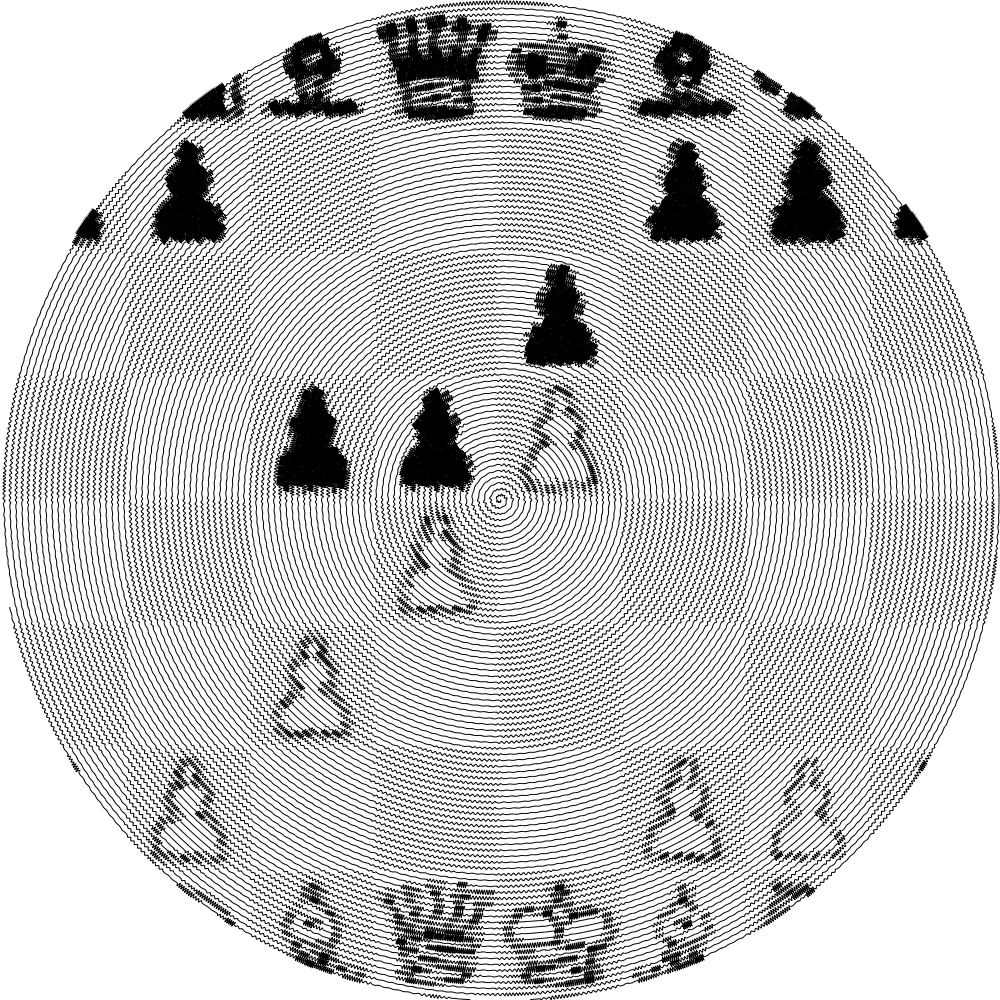This is the second article about opening principles for beginners. The first one was about controlling the center and this is of course really important. Now the next question arising in this phase of the game is how to develop your pieces harmoniously.
This is the topic of this article. We will see which pieces should be developed and how they should be moved with a few examples. First things first, it is important to get your pieces developed as quickly as possible: any player starting the middlegame with several pieces not developed is at a disadvantage.
Moves That Threaten Something
That being said, a generic idea to help you deciding between several possible opening moves is to try to develop your pieces so that they threaten something or make it difficult for your opponent to develop. The ideal opening move is killing two (or more) birds with one stone:
- it develops one of your pieces in harmony with your other pieces
- it makes it hard for your opponent to do so, either because there is a threat he must answer to, or because your move restricts his own possibilities (for instance a pin)
Don’t get me wrong: Knight to c3 and Bishop to c4 are perfectly good and sound moves, and I have played them myself. It is just that Nf3 gives less options to Black, which is precisely what we want to achieve here.
Knights Before Bishops
Generally, try to develop Knights before Bishops. Indeed it is generally easier to see where your knights should go as they have less potential good squares than bishops.
Don’t Expose Your Pieces
Another important principle: it is good to move your pieces to an active square, but there is a thin line between “active” and “too exposed, and it is now a target for your opponent”.
Thus, remember not to move a piece to a square that can easily be attacked by your opponent and consequently drive your piece to another square. Here is a theoretical example from the French Defense.
The next example comes from another common opening, the Sicilian Defense.
This trap even has a poetic name: the Noah’s Ark Trap, even if it appears more commonly in the Ruy Lopez opening.
Rooks On Open Files
The last piece of advice on moving your pieces is to put your Rooks on open files.
Such an example may seem like an extreme case, but favorable tactics come naturally if your pieces are well placed. So this is why you want to move your pieces to active squares: if you do so, you have an easier game, and any mistake from your opponent might result in a material advantage for you.
To summarize the main principles on pieces’ development:
- Develop your pieces so that they threaten something.
- Develop your Knights before the Bishops.
- Do not expose your pieces to an attack.
- Put your Rook on open files.
There are exceptions of course, but if you follow those principles, you are likely to come out of the opening with an advantage, or at least a playable position.



